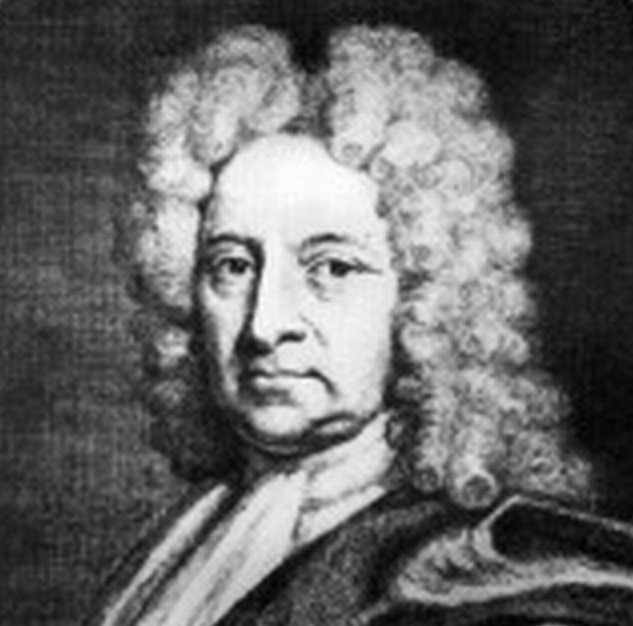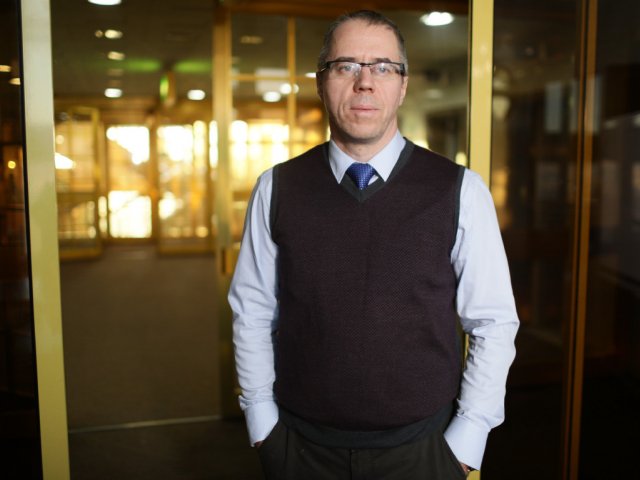Official:
Edmond Halley. November 8, 1656 – January 14, 1742. English astronomer, geophysicist, mathematician, meteorologist, physicist. Immortalized by the comet that was named after him.
Life and Work:
1. Halley pronounced his own name as /ˈhɔːli/, while the most common pronunciation today is either /ˈhæli/ or /ˈheɪli/.
2. “If only we get our hands on Halley, we'll show him the end of the world. These scientists will never let you die in peace.” Police officers from Valentin Pikul's novel The Demonic Forces did not have the slightest chance to carry out their threat. The English astronomer Edmond Halley, although lived for 86 years, a long life for his time, still died more than a century and a half before the next observation of the comet whose appearance he predicted and that is named after him.
3. This prediction brought fame to the royal astronomer, so much so that the prominent American astronomer Brian Marsden included Halley's Comet in the short list of astronomical objects known to the general public. The other two are the planet Mars and the rings of Saturn.
4. Halley was born in a family of a wealthy soap maker in a small village that over the years became absorbed by the Greater London.
5. Halley studied and taught at Oxford, and published his first scientific work On the Orbits of Planets as a third-year student.
6. 140 years ahead of Napoleon, Halley self-exiled to the island of Saint Helena where he observed and described the stars of the Southern sky.
7. Edmond Halley was friends with Newton and the first publisher of his works. It was Newton who advised Halley to study comets.
8. And so he did. And while before Halley, people would consider comets either a sign of God's wrath or wanderers of the universe, depending on their education, he was the first to calculate the orbits of twenty-four comets and noted the similarity in parameters of several celestial wanderers observed in past centuries. And thus he predicted the appearance of a comet in 1758 or 1759. He did not live to see a brilliant confirmation of his prediction.
9. His scientific discovery did not necessarily inspire admiration: the sarcastic Jonathan Swift ridiculed Halley's prediction in his Gulliver's Travels. You may remember that Laputans were worried that a future comet might destroy the Earth.
10. Among Halley's many other valuable achievements, beside the comet that bears his name, was his unique way of calculating the areas of English counties. He did not measure or calculate them – there were no formulas at Halley's time for calculating areas of figures. He simply weighed the cut-out images of individual counties and compared them with a map of England, the area of which was known.
11. In 1691, Halley built a diving bell. As a test, the inventor and five companions dived 18 meters deep into the Thames and stayed there for about an hour and a half. The original bell was of little use for practical salvage work, but Halley made improvements to it over time, extending his underwater exposure time to over 4 hours. It did not go without consequence for the scientist, as Halley suffered a middle ear barotrauma as a result. Today, it is considered to be one of the earliest recorded cases of the condition.
12. Few people know that Halley is also an important figure for demographers. It is no wonder that Halley came to be one of the founders of demography: after all, demographic forecasts are also based on calculations and observations. It is Halley to whom demography owes the first full life-table and the concept of average-expectancy life. Halley's scientific achievements are still used in insurance to this day.
13. In addition to his scientific career, Edmund Halley had a brilliant career as an academic and administrator. From 1703, he was Savilian Professor of Geometry at the University of Oxford, in 1713 he was elected a secretary to the Royal Society of London. In 1720, Halley was appointed Astronomer Royal, or the head of the Royal Observatory, Greenwich. He proved to be a diligent and attentive supervisor: Halley re-equipped the Observatory at his own expense.
14. Edmond Halley was married and had three children, outliving two of them: his son Edmond Halley, a physician, and daughter Margaret.






















